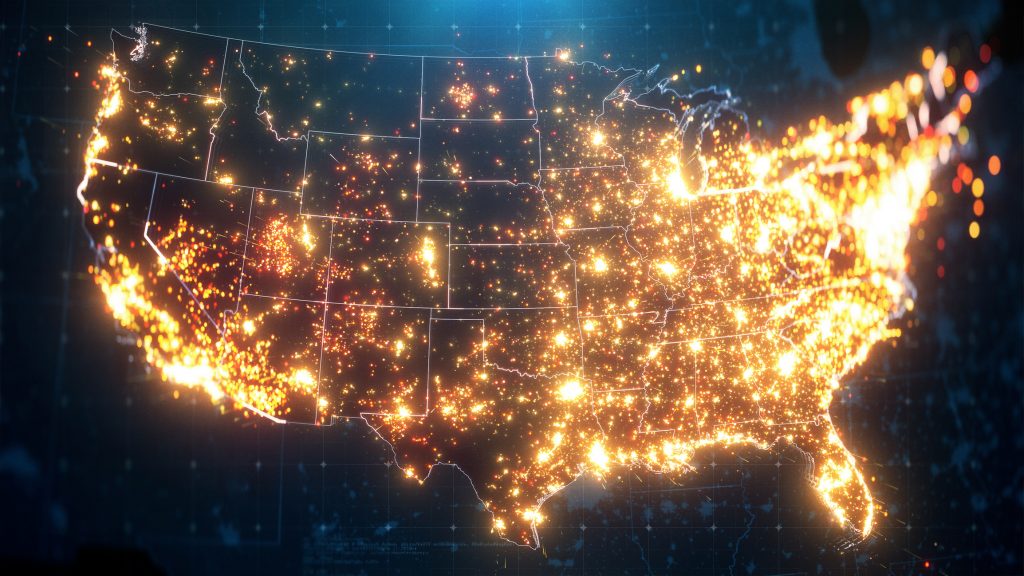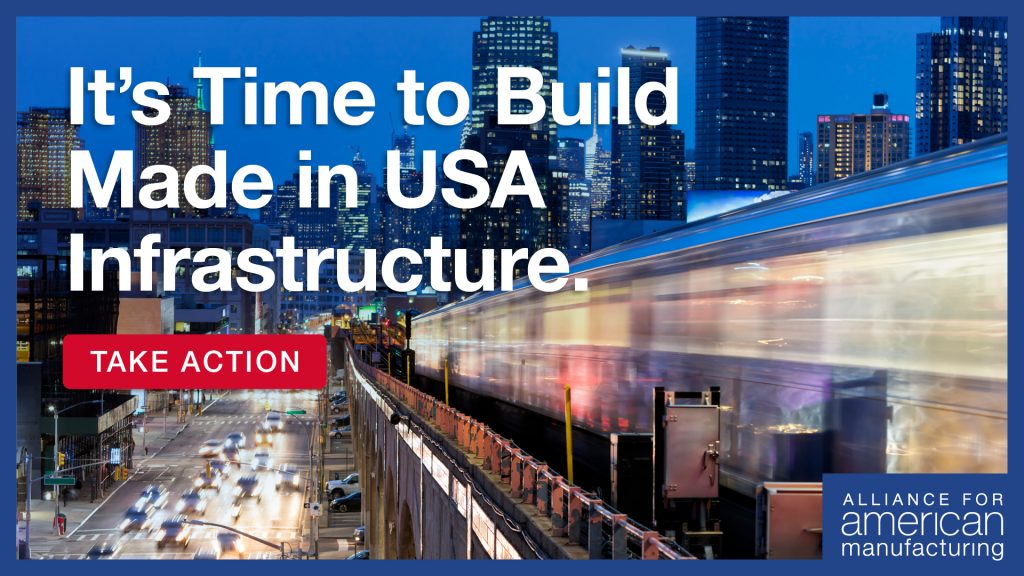
Every single state, Washington, D.C., and Puerto Rico all need a significant amount of work.
Kathy Maness, a member of the Town Council in Lexington, S.C., and the president of the National League of Cities, took to the pages of inside-the-beltway publication Roll Call last week to make the case for infrastructure investment.
Her argument: While policymakers in D.C. debate the details – and delay action – local leaders are dealing with the consequences of inaction, which include everything from poorly maintained roads and daily water main breaks to deadly power outages.
“Presented with facts like these, any good teacher (which I was) or local leader (which I am) knows it’s time to end the talk and take action,” she wrote.
There long has been bipartisan agreement in Washington about the need for robust infrastructure investment. At the same time, D.C.’s inability to get anything done has made infrastructure a joke among the elite set – and it’s local leaders like Maness who have to deal with the fallout.
On Monday, the White House shined the spotlight on the more local consequences of inaction, unveiling a state-by-state breakdown of the major infrastructure needs of every state (plus D.C. and Puerto Rico).
The one-pager style fact sheets offer the White House an opportunity to sell President Biden’s American Jobs Plan to local leaders and the American people in general – and also serve as a way to put some additional pressure on Republican leaders to come to the table on the legislative effort.
Every single state has infrastructure issues.
In my home state of Texas, for example, there are 818 bridges and over 19,400 miles of highway in poor condition, and commute times have increased by 11.4% since 2011. Meanwhile, extreme weather events cost the state around $200 billion in 2010 to 2020 – and that doesn’t include the devastation of the big winter storm earlier this year, which led to around 70% of all Texas residents – and Texas is a very big state! – losing power, some for several days. That, in turn, caused water pipes to burst in countless homes and businesses. Nearly 200 people died.
But I don’t mean to just pick on Texas (which the White House gave a “C” grade for infrastructure). We can also look to California, where I grew up and went to college (and which the White House gave a “C-” grade).
The Golden State needs serious work. Like Texas, California’s roads and bridges are also in bad shape –there are 1,536 bridges and over 14,220 miles of highway in poor condition – which has made traffic (already so great) even worse. Commute times have increased by 14.6% in California since 2011.
It’s not just the roads, though. Public transit needs serious investment; residents who take public transportation spend an extra 66.6% of their time commuting. Meanwhile, drinking water infrastructure needs around $51 billion in additional funding over the next 20 years. Housing is also a serious issue; more than 3.1 million renters are “rent burdened,” meaning they spend more than 30% of their income on rent.
Some states fare even worse than these two. Mississippi – which just dealt with a historic water crisis in its state capital of Jackson – earned a D+ grade from the White House, for example. The state will need about $4.8 billion in funding over the next 20 years to fix its drinking water systems, according to the White House.
It’s not just the White House out there talking about the need for infrastructure investment, by the way. The American Society of Civil Engineers famously has its Report Card for America’s Infrastructure, which takes a very deep dive into America’s litany of infrastructure woes.
And back in 2014, the Center on Globalization, Governance, and Competitiveness at Duke University put out a detailed report on how failing U.S. infrastructure has cost U.S. jobs and made the country less competitive.
So, the need is obvious. And the good news is that infrastructure investment will create millions of new jobs, many of them good-paying, union jobs in manufacturing. By applying Buy America provisions and reinvesting tax money right back into local companies and communities, we will create even more jobs.
The question is whether folks in Washington will finally get the job done. You can help make sure they do! Tell Congress and the White House to invest in Made in America infrastructure.

